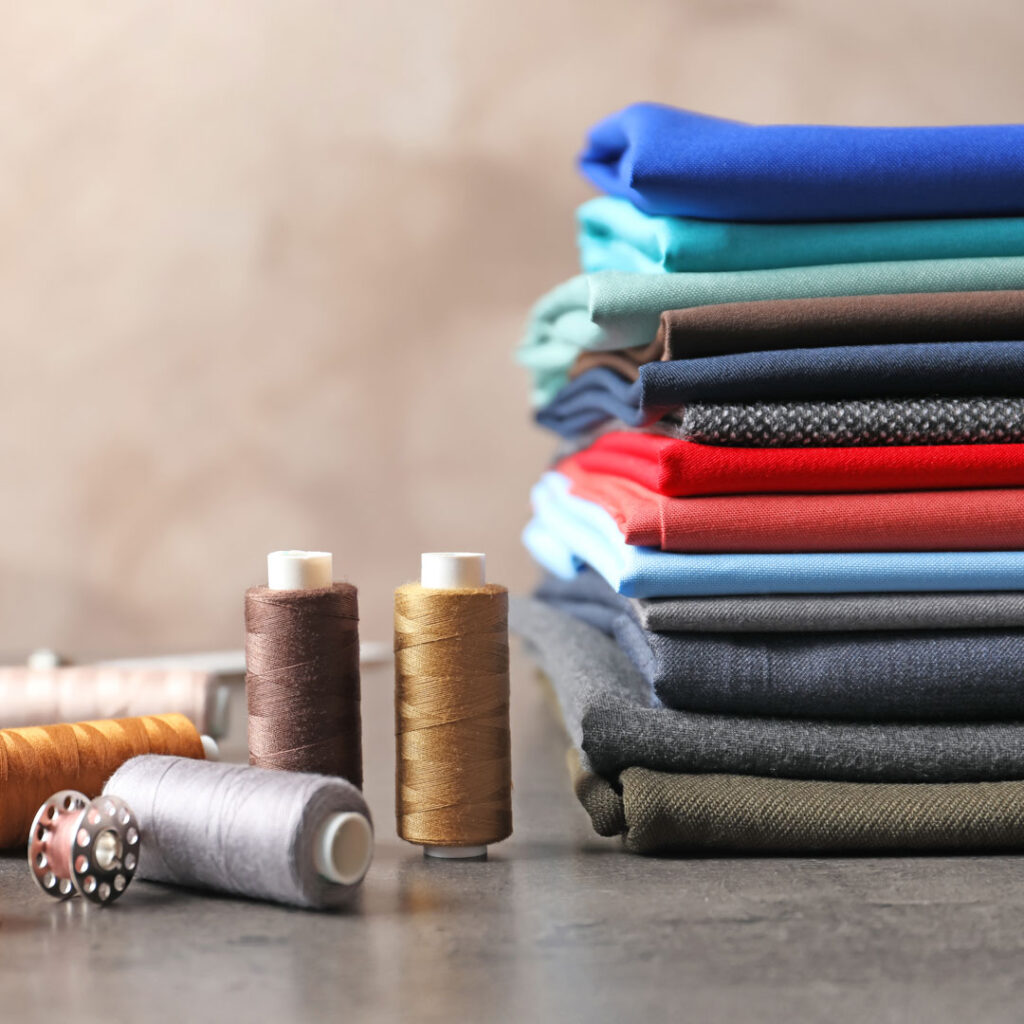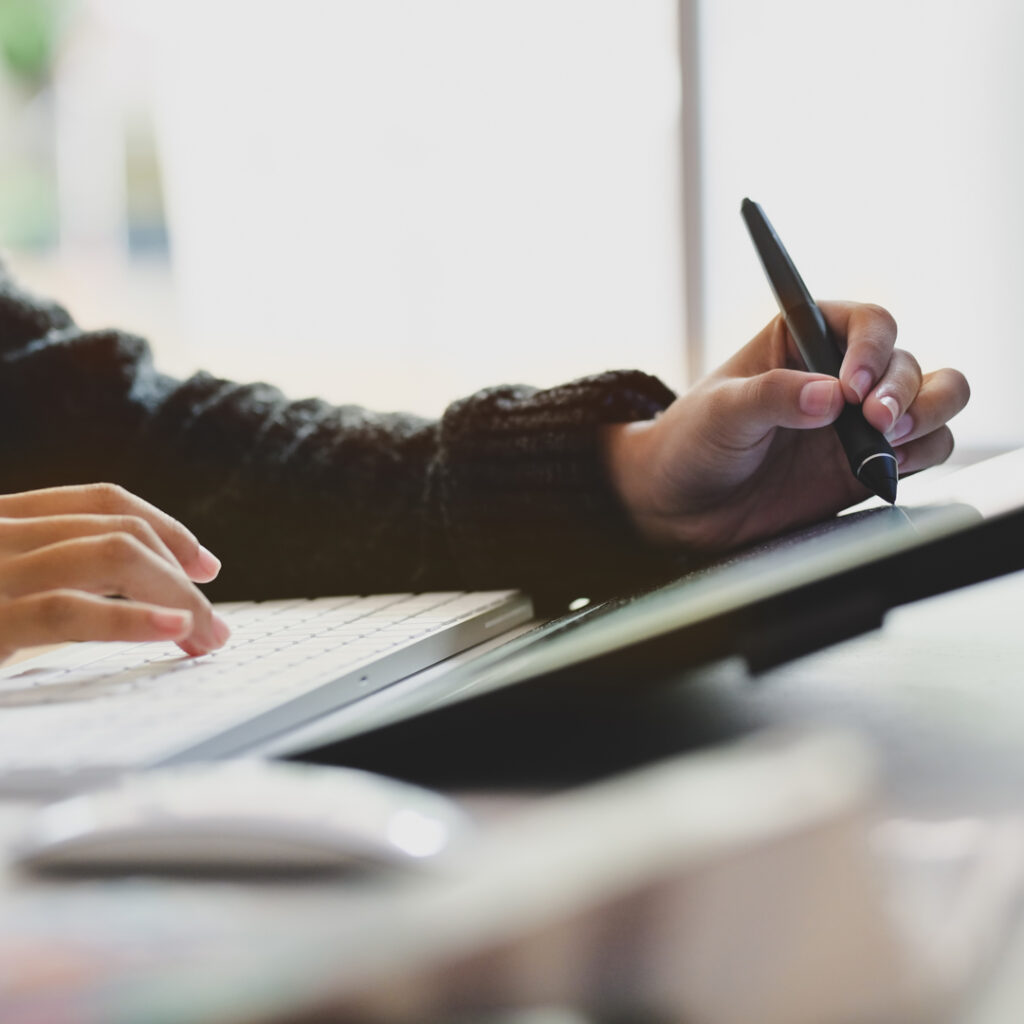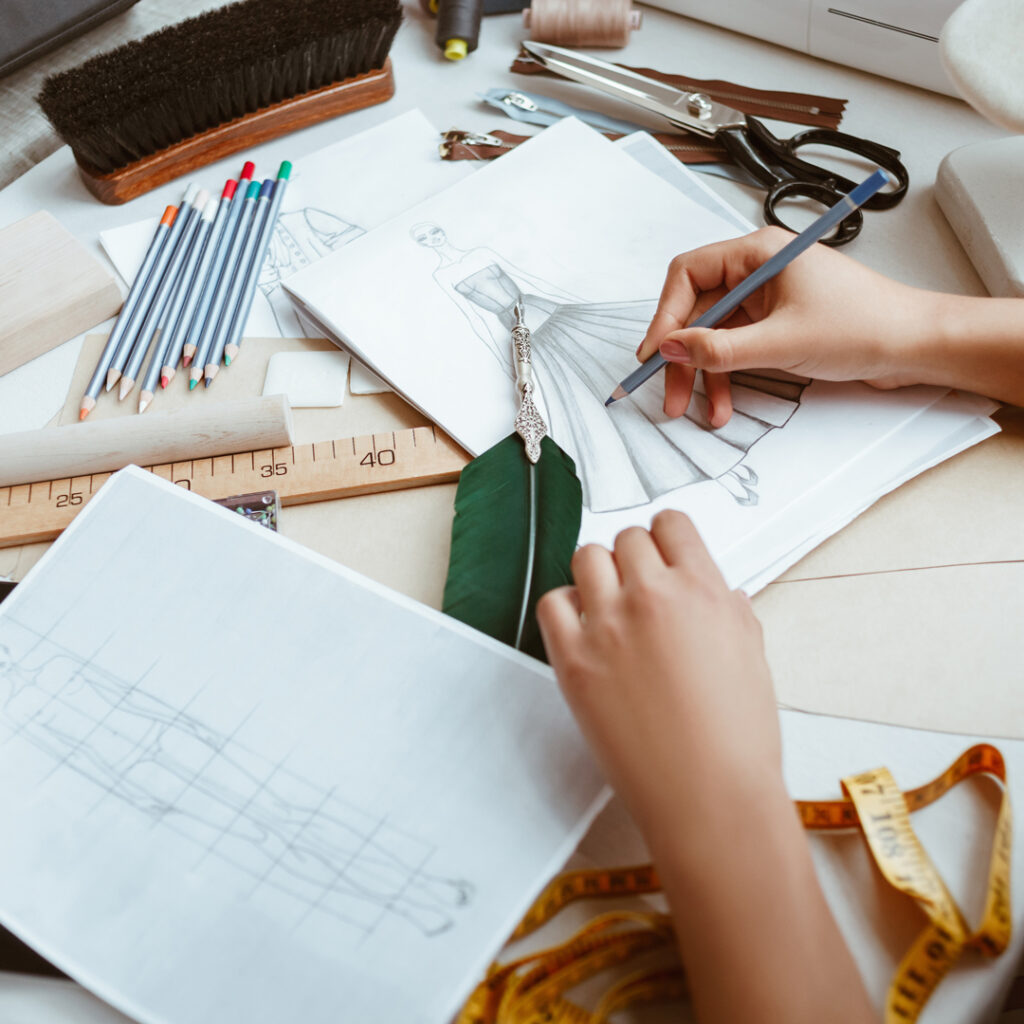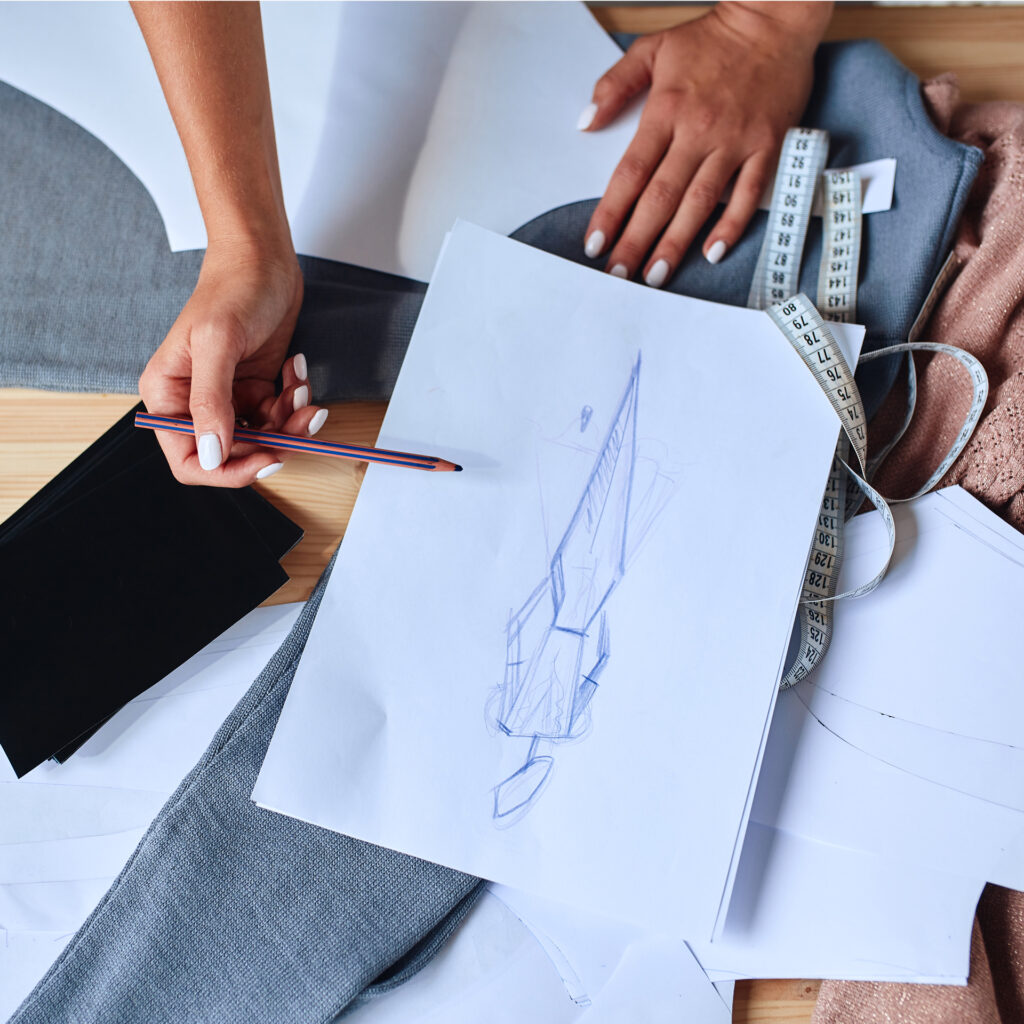What is Fashion Design?
14 January 2022
8 min read
Share
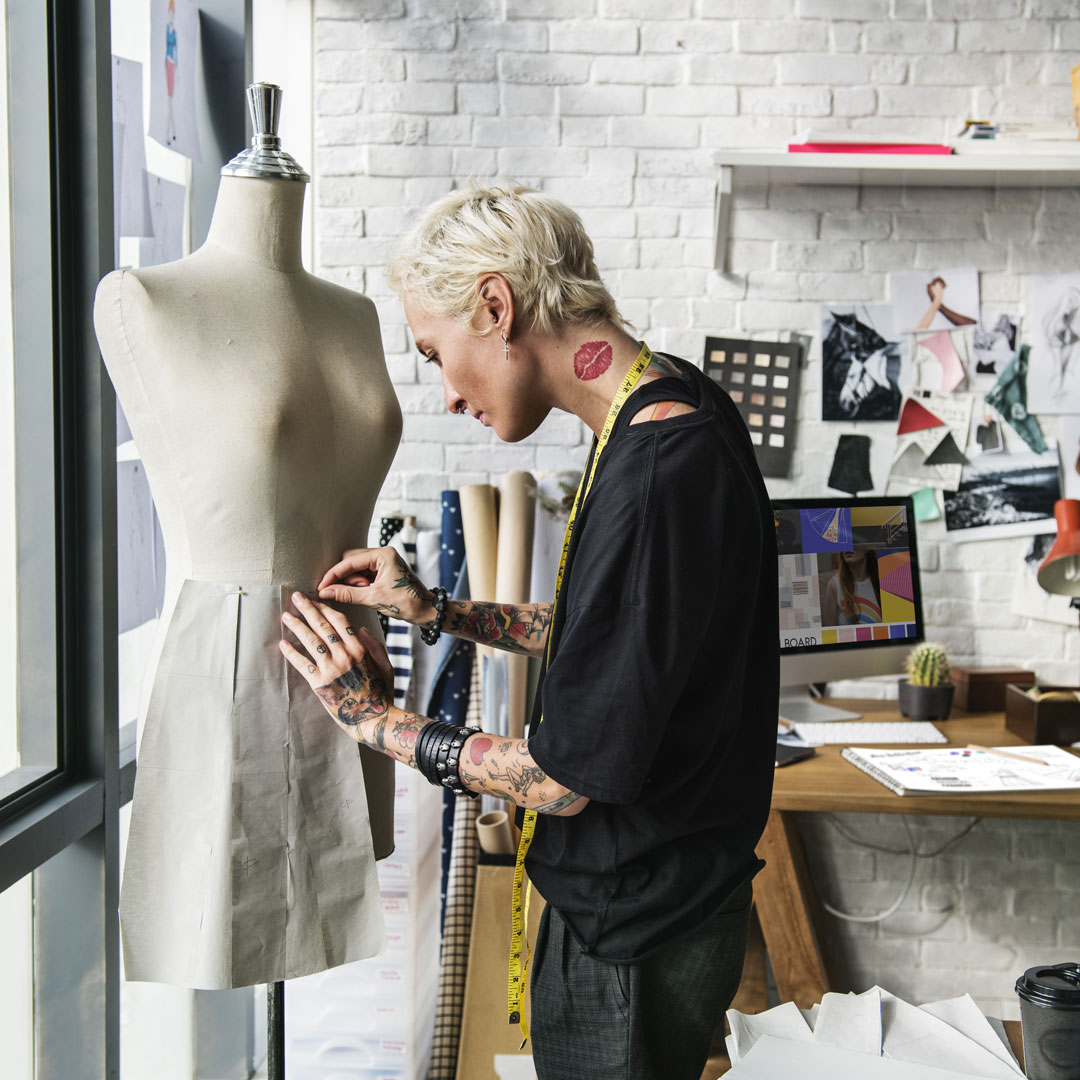
Before collaborating with any partner, you want to make sure you know the meaning of the main words commonly used in a Fashion Design Studio. This Section is to be considered as a super helpful Fashion Mini-Vocabulary!
What is Fashion Design?
To explain what Fashion Design is, we have reported the definition of the English Cambridge Dictionary:
FASHION: a style that is popular at a particular time, especially in clothes, hair, make-up, etc.
DESIGNER: to make or draw plans for something, for example, clothes or buildings.
Fashion Design is the area in which the collection is conceived and designed from a creative point of view.
Even though the above is true, nowadays, in most fashion brands, the fashion design department is not purely a creative area. The Designers need to be sensible to innovation, know the garment also from a technical point of view, understand the production process, etc.
What is an Inspiration Subject / Topic?
Every creative impulse comes from a stimulus, also called inspiration.
The inspiration subject is the collection ideation kick-off; it is what animates and stimulates creativity. The inspiration can be considered as the ongoing theme of the collection, and can be found in every single piece; yet expressed, studied, and conceptualized in different ways.
The inspiration can be of different nature and there is not necessarily a unique one per collection, there may be several feeding the designer creativity.
The inspiration topic can be fashion-related, and therefore you can be looking at a past collection, a certain type of garment, a certain age or historical period, a contemporary trend, a top model, etc. Or it can also be totally unrelated to fashion as a song, a political concept, an art movement, an animal species, and so on could be.
Painters, poets, singers of yesterday and today had their Muses, as Dora Maar was for Picasso, Frida Khalo for Diego Rivera, Beatrice for Dante, and so on. Muses can also be found in the fashion industry, as also the designers sometimes have their own muses. As an example, we quote Annabelle Neilson and Kate Moss for Alexander McQueen, Jacqueline Kennedy for Valentino, Keira Knightley for Karl Lagerfeld, Monica Bellucci for Domenico Dolce e Stefano Gabbana.

What is a Mood Board?
A mood board is the fashion designer study tool where all different references and inspirational ideas are joined together into a table. It is normally realized by sticking all the selected material harmoniously, with the intent of creating a document that summarizes the research done and helps visualize the concept/inspiration standing behind the collection and its “feel”.
There are no strict rules to build a mood board.
- It can be composed as one single big board, or as a notebook.
- It is normally physically created, but some prefer to create it digitally.
- Even though material/physical mood boards are captivating and have a stronger communication power, digital mood boards are becoming more and more frequent for their easy and fast realization and the given possibility to many collaborators to contribute.
- Also, digital mood boards can include a bigger range of materials such as video, special effects, and sounds which can make the whole experience, but they will still lack texture and materiality that in fashion is a must.
- A free platform we would highly recommend you start working with is Pinterest. It’s intuitive, easy to use and manage. Unfortunately, the material you can find there is not very updated and after a while, you might get tired of it, due to the lack of new content turnaround provided.
- It can have some initial sketches included or just be composed of the chosen reference materials.
- The materials attached to the mood board can be of a different kind: prints, fabric swatches, photographs, journal articles, napkins, leaves, and so on. Basically, whatever has or is inspiring you, needs to be included in your mood board.
- Some use it as storytelling or realize it with a rational structure, while some others face its realization as a totally irrational and purely creative thing.
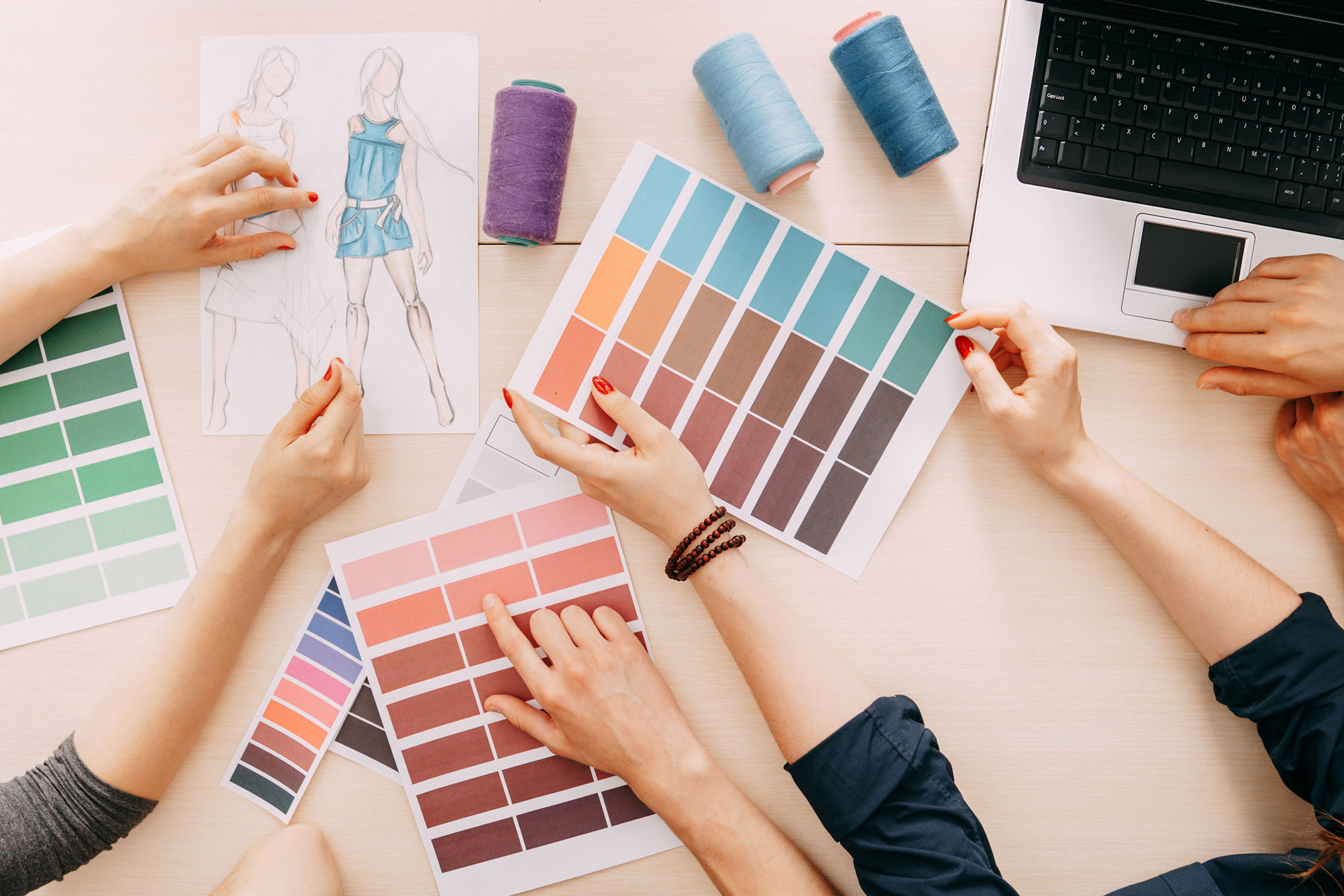
What is a Hand Sketch?
The fashion hand sketch is the first step in bringing a garment idea to life.
The sketches are normally the first drawings realized by a fashion designer and are the most artistic way of presenting the first ideas and communicating the “feel” that the collection will have. The sketch always represents the garment worn.
Normally the silhouettes are stylized human figures, not proportioned, very elongated, and very elegant.
Since the sketches’ purpose is for presentation to the creative director/client/producer/etc., their aesthetics are extremely important.
During this first phase, creativity is unlimited. Designers are allowed to express themselves in their own unique and personal way. They are free to use colors or to leave the sketches in black and white and to use the coloring technique that better suits their representation.
You do not know how to draw? No worries, nowadays sketches are mainly done digitally thanks to many different computer tools and software! 🙂
What is Technical Flat Design?
The Flat Design is a purely technical 2D design that includes at least 2 views of the garment, one of the front and the other one of the back, and sometimes a side view – in case something particular or unusual is going on on the side part of the garment. The drawing is not meant to be artistic at all; on the contrary, it needs to include all technical information, to be proportioned, and more linked to reality as possible. Flat designs are usually realized in black and white, with no shades.
The garment is represented as it is laid flat on a table and seen from above, It includes all details, seams, darts, cuts, inserts, pockets, topstitches, trims, embellishments, and so on.
The technical flat requires from the designer a strong understanding of garment construction, because it is via the flat design and pattern, that the seamstress gets the information on how to sew the prototype.
For this reason, in case there are some tricky parts or hidden internal details, it must be the designer’s concern to ensure that Call-Outs are realized.
What is Call-Out? Call-Outs focus on some construction details of the garments that needed a zoom on it or an extra explanation to ensure the flat design completeness. Call-Outs can include some designer notes to explain the garment technicalities.
Flat designs are realized by technical designers thanks to drawing software. The most widely used is Illustrator.
Differently from the sketch design, the flat is included in the Tech Pack, the garment ID, but also used in the Line-Sheet, document for sales purposes.
Need some help to realize the Flat Design of your collection?
Our Design Team can support you. Contact Us Today!

What is the Style Number?
The style number’s purpose is to facilitate the identification of a certain style and every new design should have one assigned.
Why do you need to use Style #? Simply because, for example, you will be developing many short-sleeve men’s polo, and every time a detail, a measurement, or something will change and differentiate your last polo from the previous one. Since both of them can be classified under the same description as short-sleeve men’s polo, it is mandatory to find another way of classifying them. The Style number, which is a code, resolves this problem.
Also, once you will start stocking your units, you will also understand the importance of having code in order to keep your warehouse easily organized.
The Style Number defines just the style but gives no info on the garment’s color or size. This is why the style number is normally coupled with the color code plus the size info, obtaining the SKU code.
The Style number is fundamental because it improves internal and external communications, namely both avoiding any type of misunderstanding between the different areas of your company and between your company and the third parties with which you daily collaborate and work.
Here are some Urth Tips:
- The style number can be a numeric or alphanumeric code. The lack of words will make your code international and avoid misinterpretations.
- Code length: 4 to 8 digits
- When creating your internal coding try to create a code from which you can already get some info about the style – this is not mandatory but highly suggested.
- Try to design a code that can be long-lasting, and need no modification once your business grows and has different necessities from the starter ones.
- Creating a strong structure from the beginning is the key to a successful business and not wasting time during the run. Think ahead.
What is the SKU?
The SKU (Stock Keeping Unit) is the complete code of a garment which contains all the information related to style, color, size, and season. The first two are mandatory, while the last ones are optional. Every company can build its internal codes based on its necessities.
SKUs are the internal article code and can be assigned to every stocked item, from fabrics, buttons, zippers, boxes, garments, and more.
Heads Up: SKU can mean different things based on the field of application or use. For this reason, in case you are working with other companies, always double-check with them and make sure you are both referring to the same thing.
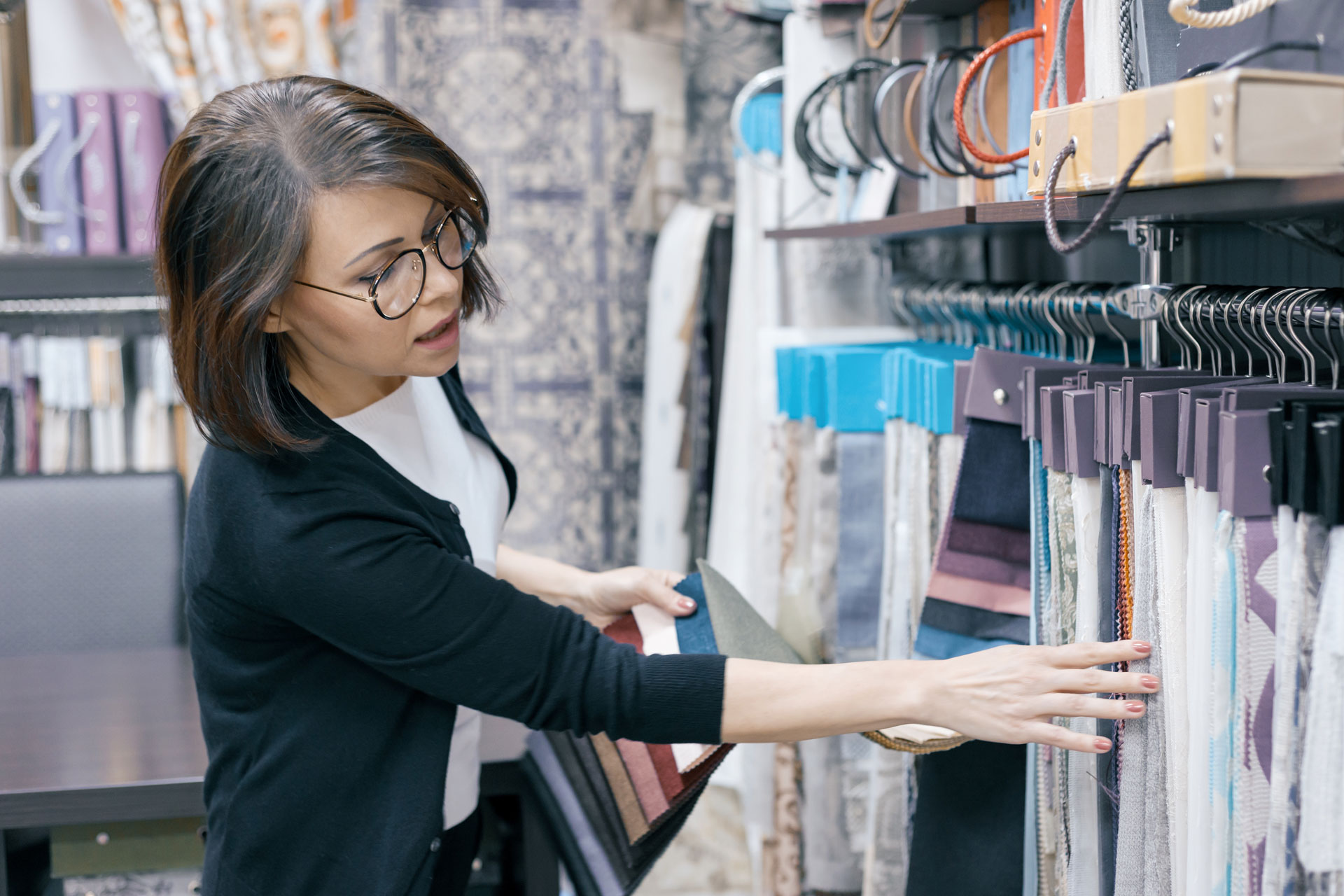
What is the Line Sheet?
The Line Sheet is a sales-oriented document where all the information regarding the upcoming collection is gathered. It is not meant to be realized with an artistic touch. It is important that all the needed information is included and clear. It is not an advertising document, it needs to present just the essential details necessary for purchasing purposes, therefore avoiding long texts is suggested. This does not mean it needs to be aseptic and strictly informational: do not forget that in fashion presentation is always important so make sure your line sheet is nice and captivating!
Everything needs to be enclosed in a maximum of 2 pages, and the necessary info to include for every style are the following:
- Garment Description + Item Number
- Garment’s Photo or Technical Flat Design on a white or neutral background
- It is important to make sure the photos have all the same feel, light, color, angle, dimension, focus, etc
- Available SKUs (color combination)
- Size Range
- Basic Raw Material Information
- Wholesale Price + Retail Suggested Price
In order for a better understanding from your buyer, in case you do not have the finished garments with you, it could be a good idea to have a notebook with swatches of all the used fabrics.
Apart from the garment info, make sure your brand name and logo, contact information, minimum order amounts, the deadline to place the order, payment terms, and shipping information are also included, well visible, and nicely organized.



